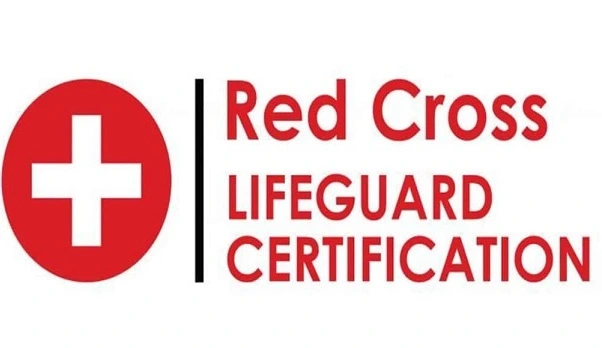
The Red Cross Lifeguard Certification is a program designed to train individuals in water safety, surveillance, and rescue techniques, as well as CPR, first aid, and AED usage.
It is essential for those pursuing a career as a lifeguard. Below is an overview of the certification process and requirements:
Certification Overview
Offered by: The American Red Cross.
Purpose: To certify individuals as lifeguards for swimming pools, waterparks, and open water areas.
Validity: Certification is typically valid for two years, after which renewal is required.
Program Components
Prerequisites:
Must be at least 15 years old.
Pass a pre-course swimming test, which includes:
Swimming 300 yards continuously (freestyle and breaststroke).
Treading water for 2 minutes without using hands.
Retrieving a 10-pound object from a depth of 7–10 feet and swimming back with it.
Training Topics:
Rescue Techniques: Active and passive drowning rescues, spinal injury management.
CPR/AED: For adults, children, and infants.
First Aid: Basic first aid skills for injuries and emergencies.
Water Surveillance: Identifying and responding to potential water emergencies.
Blended Learning (if offered):
Combines online coursework with in-person skills practice and evaluation.
Also Read : https://mininterno.net/ Quiz, Competitions
Certification Process
Enroll in a Course:
Sign up for a lifeguard certification course through the American Red Cross website.
Choose a class based on your location and schedule.
Complete Training:
Attend all in-person sessions.
Complete the online portion (if applicable).
Pass the Final Tests:
Practical skills evaluation.
Written test (typically requires 80% or higher to pass).
Cost
The cost for lifeguard certification varies but typically ranges from $200 to $300, depending on the training center.
Renewal
Attend a lifeguard recertification class before your current certification expires.
Renewal courses focus on refreshing rescue skills, CPR, and first aid.
Be the first to comment